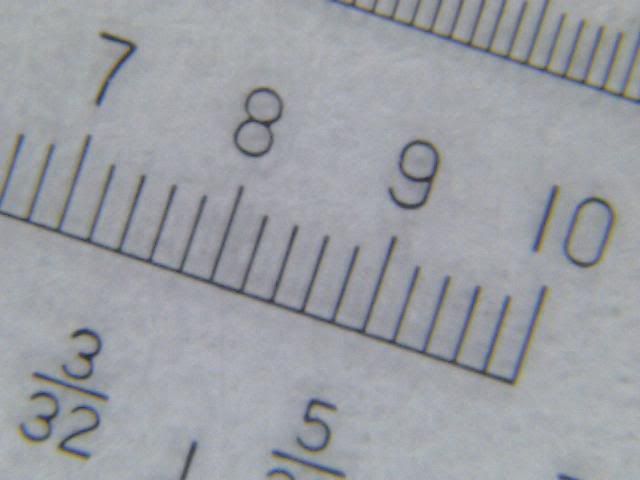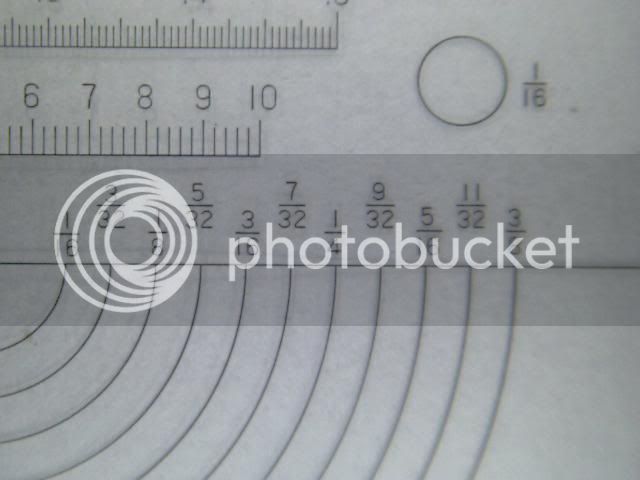mklotz
Well-Known Member
One of my Xmas presents was a computer microscope...
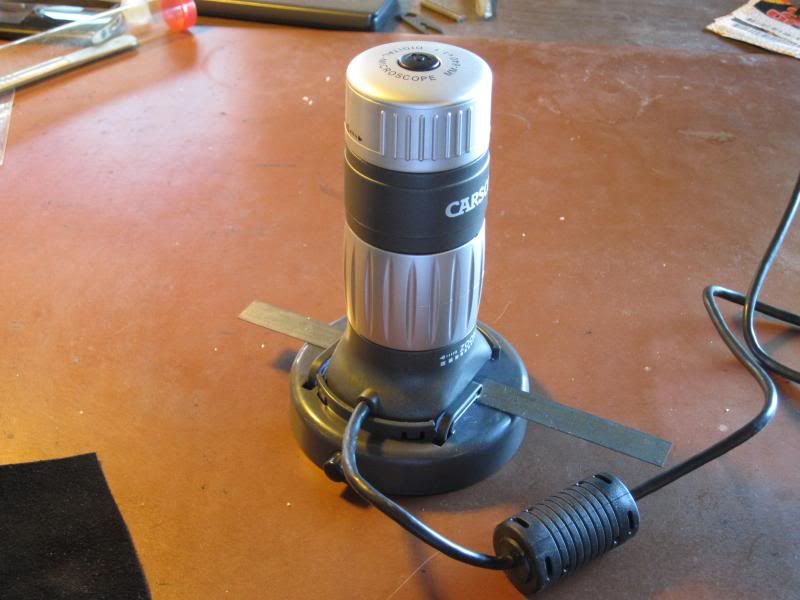
It plugs into a USB port (which also powers the LED illuminators built into the body) and can zoom from 26x to 130x. Images are conveniently displayed on the computer screen - much easier than squinting into a standard microscope monocular. The button on the top center captures still images. It can also capture video but I haven't gotten any pond water to give that a try yet.
Here's what the date on a US dime looks like...
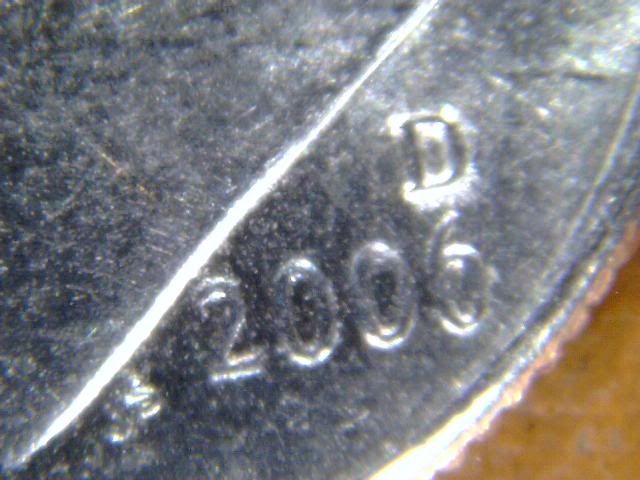
As a test case, I took this shot of the hundredths of an inch scale on a machinist's scale at 26 power...
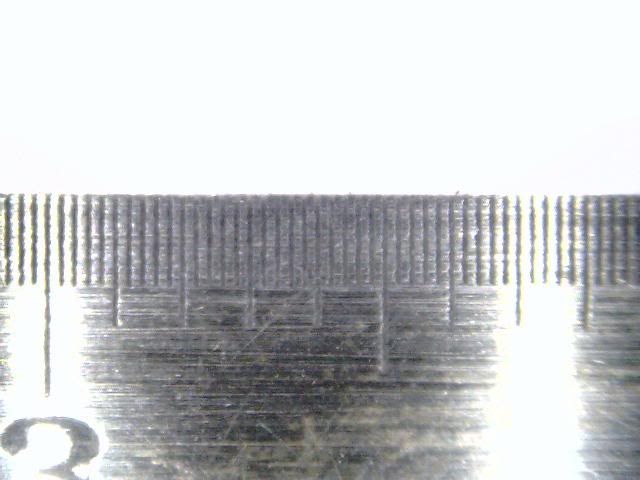
and at 130 power...
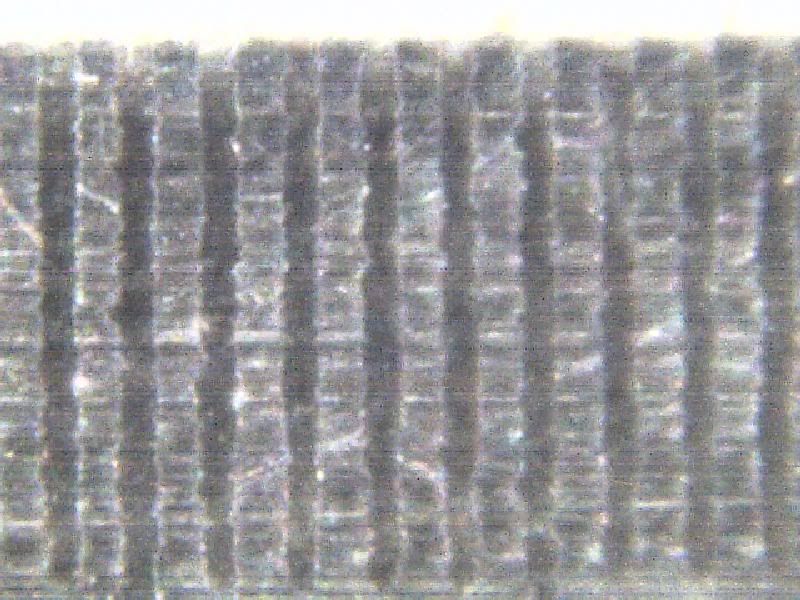
I haven't quite figured out yet how it might be used in the shop but, regardless, it's a neat toy and the grandkids will enjoy it.
If you're interested, Amazon sells it...
http://www.amazon.com/dp/B000RNL2IO/?tag=skimlinks_replacement-20

It plugs into a USB port (which also powers the LED illuminators built into the body) and can zoom from 26x to 130x. Images are conveniently displayed on the computer screen - much easier than squinting into a standard microscope monocular. The button on the top center captures still images. It can also capture video but I haven't gotten any pond water to give that a try yet.
Here's what the date on a US dime looks like...

As a test case, I took this shot of the hundredths of an inch scale on a machinist's scale at 26 power...

and at 130 power...

I haven't quite figured out yet how it might be used in the shop but, regardless, it's a neat toy and the grandkids will enjoy it.
If you're interested, Amazon sells it...
http://www.amazon.com/dp/B000RNL2IO/?tag=skimlinks_replacement-20
Last edited by a moderator:

































































